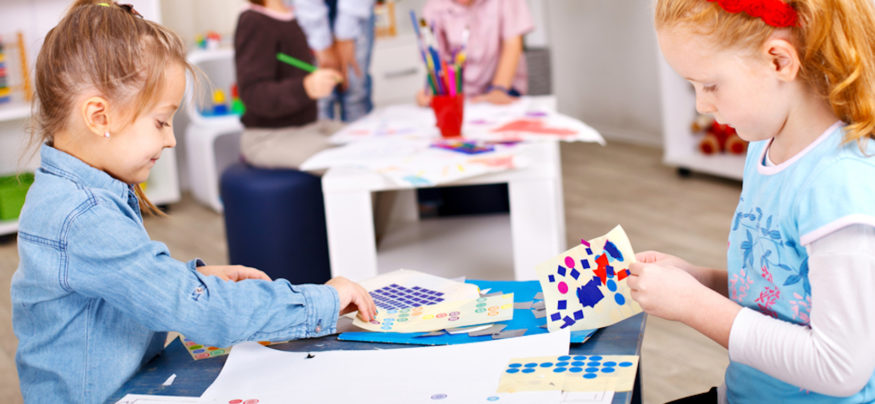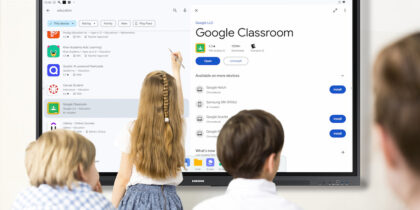The best classroom activities balance the use of digital tools and traditional hands-on learning, especially when teaching younger learners. Puzzles offer a great way to include both tactile and technological components — particularly when you involve students in designing as well as completing them. And there’s a special day when we can bring puzzles into the curriculum: National Puzzle Day on January 29th.
Implement these teacher lesson plans in your classroom to help your students explore the fun of puzzles while integrating technology in the classroom.
Start With a Plan
Have your students explore the different ways you can cut puzzles, from scissors to lasers. They can measure the thickness of different types of paper and cardboard to see what their classroom scissors are able to cut, and how thin the puzzle material can be before it starts ripping or getting folded (unless you’ve got access to a laser cutter to cut a wood puzzle). They can also test different materials at different sizes to see if larger puzzle pieces can use thinner paper than smaller ones.
Help them gather their data in a Google Sheet to keep track of every option and whether it’s successful. Students can then choose the type of backing they want to use for their puzzles based on their experimentation.
Create the Art
Next, students can draw illustrations or use their own photographs for the puzzle art. This is a great time for integrating technology in the classroom. If students are drawing, they can use SketchPad on their tablets or Chromebooks. If students are using original photography, they can use Canva to manipulate and adjust the photographs, including adding other graphical elements and text. They can then print their image at the size they’ve chosen for their puzzle. Also remind them to print a second version as the puzzle key, especially if they’re doing an intricate puzzle with small pieces.
Inspire your students with technology.
Download this guide for ideas on integrating digital tools into your curriculum year-round. Download Now
Make and Share the Puzzle
Now comes the fun, hands-on part of the activity: gluing the image to the puzzle backing and cutting it out as planned. If students make a mistake, it’s a great lesson in trying again. Have extra cardboard on hand, just in case.
If you’re making puzzles for younger students, package them up and take them to those classes. If you’re sharing the puzzles in your own classroom, take some time for small groups to work on the puzzles in your room. Once everyone has had a chance to try as many puzzles as they’d like, each student can take home their puzzles to share with their families.
Taking Time for Fun
Often, it’s challenging to make learning fun when you’re spending so much time trying to hit your curriculum standards. But implementing teacher lesson plans that use technology tools to combine a fun activity with realistic scientific inquiry can help you accomplish both goals.
There are many days like National Puzzle Day that can help you bring the outside world into the classroom and make learning fun for students. Visit the Ultimate List of National Days and find more options to bring the fun.
Looking for more ways to integrate technology into your classroom? Learn about the trends in ed tech that are enhancing student learning.









